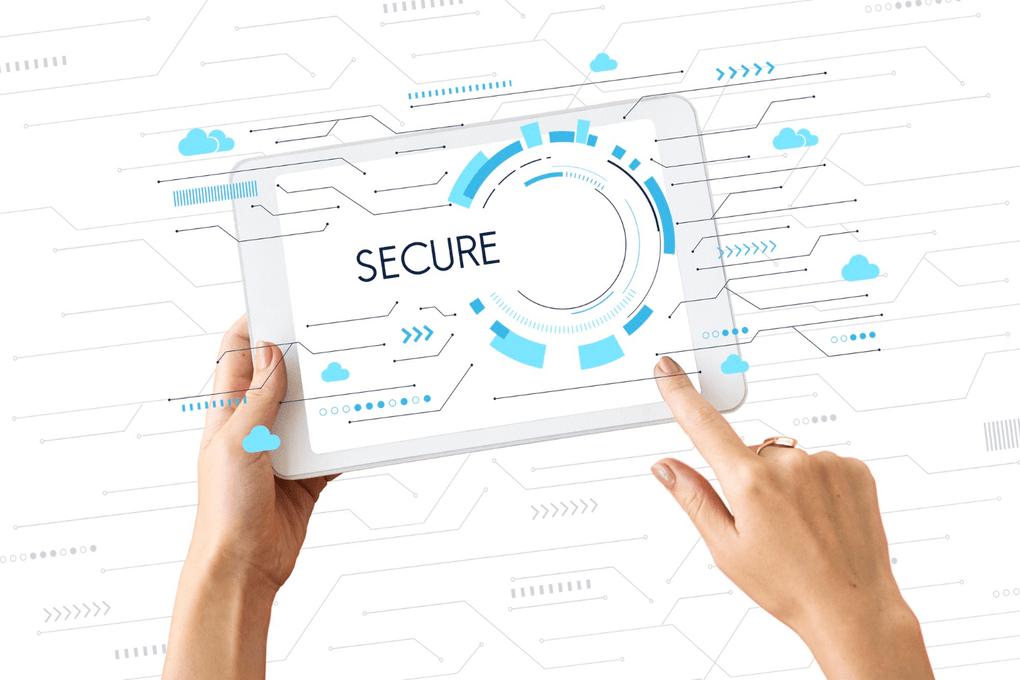How to Achieve Security and Scalability in Modern Technology Platforms

Understanding the Importance of Security and Scalability in Technology
In today’s digital landscape, security and scalability are not just optional features; they are fundamental requirements for any technology platform. As businesses grow, they face increasing threats from cybercriminals, making robust security measures essential. Concurrently, as user demands evolve, the ability to scale effectively ensures that platforms can accommodate growth without sacrificing performance.
Moreover, the intersection of security and scalability creates a sustainable ecosystem where businesses can innovate and expand confidently. Addressing these factors proactively helps organizations mitigate risks while enhancing customer trust and operational efficiency.
Key Strategies for Implementing Robust Security Measures
A multi-layered security approach is vital for protecting technology platforms from various threats. This includes implementing firewalls, intrusion detection systems, and regular software updates to close potential vulnerabilities. Additionally, employing encryption techniques and secure access protocols ensures that sensitive data remains protected both at rest and in transit.
Regular security audits and compliance checks further bolster the security framework by identifying weaknesses and ensuring adherence to industry standards. By fostering a culture of security awareness among employees, organizations can reduce the risk of human error, which is often the weakest link in cybersecurity.
Scalable Architecture: Designing for Growth and Flexibility
Designing a scalable architecture involves creating systems that can grow seamlessly as demand increases. This can be achieved through microservices architecture, which allows for individual components to be scaled independently based on traffic and load. Cloud computing solutions also provide the flexibility necessary for scaling resources dynamically, enabling businesses to respond to changes in demand effectively.
Furthermore, adopting containerization technologies, such as Docker and Kubernetes, enables developers to deploy and manage applications efficiently across various environments. This ensures that scaling up or down can happen without major disruptions, maintaining a smooth user experience.
Integrating Automation for Enhanced Security and Efficiency
Automation plays a crucial role in enhancing both security and operational efficiency. By automating routine security tasks, such as vulnerability scanning and patch management, organizations can reduce the risk of oversight while freeing up valuable resources for more strategic initiatives. Tools like Security Information and Event Management (SIEM) systems provide real-time monitoring and alerts, allowing for rapid response to potential threats.
Moreover, integrating automation into deployment processes streamlines updates and scalability efforts. Continuous integration and continuous deployment (CI/CD) practices not only enhance efficiency but also ensure that security measures are consistently applied throughout the development lifecycle.
Best Practices for Monitoring and Maintaining Security and Scalability
Continuous monitoring is essential for maintaining security and scalability. Utilizing advanced analytics and machine learning algorithms can help identify unusual patterns that may indicate security breaches or system overloads. Regularly reviewing performance metrics and user feedback ensures that platforms can be adjusted proactively to meet evolving demands.
Establishing a robust incident response plan is also crucial for addressing security incidents swiftly and minimizing damage. By conducting regular training and drills, organizations can ensure that their teams are prepared to respond effectively. Combining these practices creates a resilient technology platform capable of adapting to both security threats and growing user needs.
Image by rawpixel.com on Freepik



